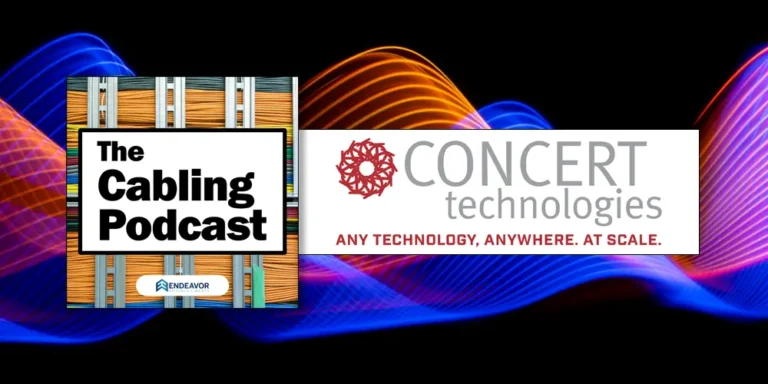Often trivialized and sometimes even completely overlooked, the implementation phase of any business technology project is a critical element of the solution. After all, if the solution doesn’t get installed, it won’t work – plain and simple. There are many reasons for the implementation aspect of technology rollouts being minimized. Some of these are:
No Big Money Contracts
It’s not all about money, but oftentimes when it comes to information, what grabs the attention of news media and readers alike are large dollar signs. In the grand scheme of things, implementation is probably a smaller piece of the pie, but as you will see, it’s not necessarily a small piece of the work.
It is Assumed to Be Part of the Solution
Part of the issue with the downplaying of business technology implementation is that it is often incorporated as part of the solution package. However, any experienced Technology Rollout company will tell you that this is a part of the problem. Without treating the implementation piece as a discrete component of the total solution, issues will arise.
An understanding of the relationship between technology and the solutions, and a system of methodologies to implement that solution is key to overcoming these issues. In simple terms, Technology is the driving force for a Solution. A Solution is the response to the Project Requirements. The System implements that Solution and delivers it to every site, nationwide and globally.
Business Technology Deployment Seldom Has a Seat at the Table
To date, very little information has been presented to shine a light on the importance of technology solution implementation. There are many reasons for this, but one is that the Technology Rollout company is typically not the prime contractor. As such, they will often defer to their customers (which may be the technology vendor) because they are the prime contractor for the account. As one would expect, vendors remain focused on communicating the value of the technology they supply, which causes them to diminish the critical role that deployment plays in realizing that value for the end customer.
It is important to understand that few companies have experience and longevity in completing multi-technology, multi-service, multi-site rollouts on a nationwide and global scale. Without this expertise, they would find it impossible to provide the knowledge supported required have a voice in the industry.
Perception of Deployment as a Commodity Service
Single Point of Contact. Nationwide Technicians. Software Application System. This has become the de facto sales pitch for Technology Rollout companies and causes solution providers and end users to view the implementation of solutions as a simple practice. This is far from correct though. Delivering consistent, rapid deployment of multi-technology, multi-service, multi-site rollouts across nationwide and global locations requires a Technology Rollout System with a proven, effective process structure, rollout services model, and established field partnerships and highly-skilled internal resources. Without an organized, comprehensive system, you are looking at compromising on cost, time, quality or even some degree of all of these.
Then How Do We Achieve a High-Quality Deployment?
If you want the deployment process to go well, it’s really important that you do your due diligence. When you are looking at a provider that claims to be a nationwide Technology Rollout Company, check out their Web site. Read how they describe themselves – are rollouts the only thing they do, or does it read like that’s a ‘sideline’ business?
If they pass the initial ‘smell test’ talk to them and ask how they run rollouts. Here are just a few examples:
- How do they rank/vet the Field Technicians that they will send on-site
- What quality-related performance metrics do they capture and share with customers?
- How do they ensure consistency across multiple field technicians – sourced from different partnerships – that they will need to deliver a nationwide rollout?
- Can they share the methodology and processes that they use to manage the rollout process?





